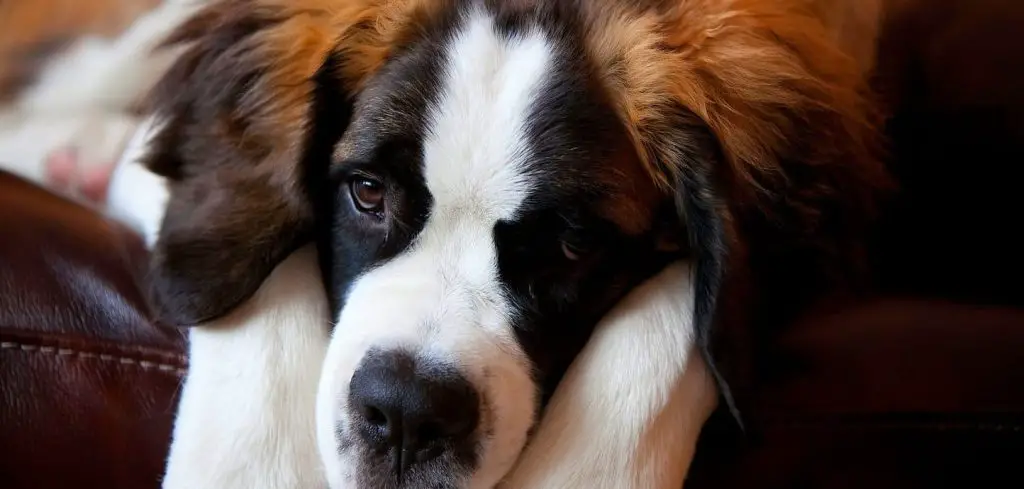It’s normal for dogs to stay hydrated—but when your dog is drinking a lot of water and peeing a lot, it may be a sign of an underlying health issue. This combination of symptoms, known as polydipsia and polyuria, is often more than just thirst.
We outline the common causes of dog drinking a lot of water and peeing a lot, what you can do at home, and when to seek veterinary help.
Dog Drinking a Lot of Water and Peeing a Lot — Why It Happens
Excessive drinking and urination in dogs can be caused by diabetes, kidney disease, urinary tract infections, hormonal disorders, or even medication side effects.
Environmental factors like heat or high-sodium diets can also play a role, but persistent symptoms deserve medical attention.

Common Causes of Dog Drinking a Lot of Water and Peeing a Lot
Diabetes Mellitus
Diabetes leads to excess sugar in the bloodstream, which pulls water into the urine and causes your dog to drink more.
Other signs include increased appetite, weight loss, and lethargy.
This condition requires a blood test to diagnose and is treated with insulin and dietary changes.
Chronic Kidney Disease
Damaged kidneys struggle to concentrate urine properly, which results in frequent peeing and increased thirst.
You may also notice vomiting, bad breath, or decreased appetite.
Chronic kidney disease is progressive but manageable with diet, fluids, and medications.
Related: Dog drinking a lot of water and not eating (Here’s why)
Cushing’s Disease
This hormonal condition causes excess cortisol, which increases thirst and urination.
Other signs include a pot-bellied appearance, hair loss, and skin changes.
Blood tests and imaging help diagnose Cushing’s, and treatment options range from medication to surgery.
Read more: Dog Drinking a Lot of Water and Vomiting (Explained)
Urinary Tract Infections (UTIs)
UTIs can cause frequent urination and increased water intake due to discomfort and irritation.
You may see small, frequent pees or signs of straining and blood in the urine.
UTIs are diagnosed with a urine sample and treated with antibiotics.
Increased Salt or Heat Exposure
Eating salty foods or being exposed to hot weather can make your dog naturally drink more.
However, if the behavior persists beyond a day or two, it’s best to rule out medical causes.
Keep track of water intake and avoid feeding table scraps or salty treats.
Medication Side Effects
Steroids, diuretics, and some anti-seizure medications can increase thirst and urination.
If your dog recently started a new prescription and these symptoms began, let your vet know.
Never stop a prescribed medication without veterinary guidance.
What to Do If Your Dog Is Drinking and Peeing a Lot
Monitor your dog’s water intake—note how much they drink daily over several days.
Take note of any changes in appetite, energy levels, or weight.
Ensure access to clean, fresh water at all times, even if urination increases.
Avoid scolding your dog for house accidents—it may be medically driven, not behavioral.
Collect a urine sample if possible, and book a vet visit to investigate the cause.
When to Call or Visit Your Vet
Contact your vet if your dog:
Drinks noticeably more water than usual
Pees more frequently or in larger volumes
Has accidents despite being house-trained
Shows signs of weight loss, vomiting, or lethargy
Starts these symptoms suddenly or with no clear trigger
Your vet will likely run bloodwork and urinalysis to check for diabetes, kidney issues, or infections.
Read more: Old dog drinking lots of water and peeing in house (Watch for these warning signs)
Key Takeaway
When your dog is drinking a lot of water and peeing a lot, it’s often more than just a thirst issue.
Track the behavior, rule out environmental causes, and work with your vet to uncover the underlying condition. Early diagnosis can lead to effective management and better long-term health.
